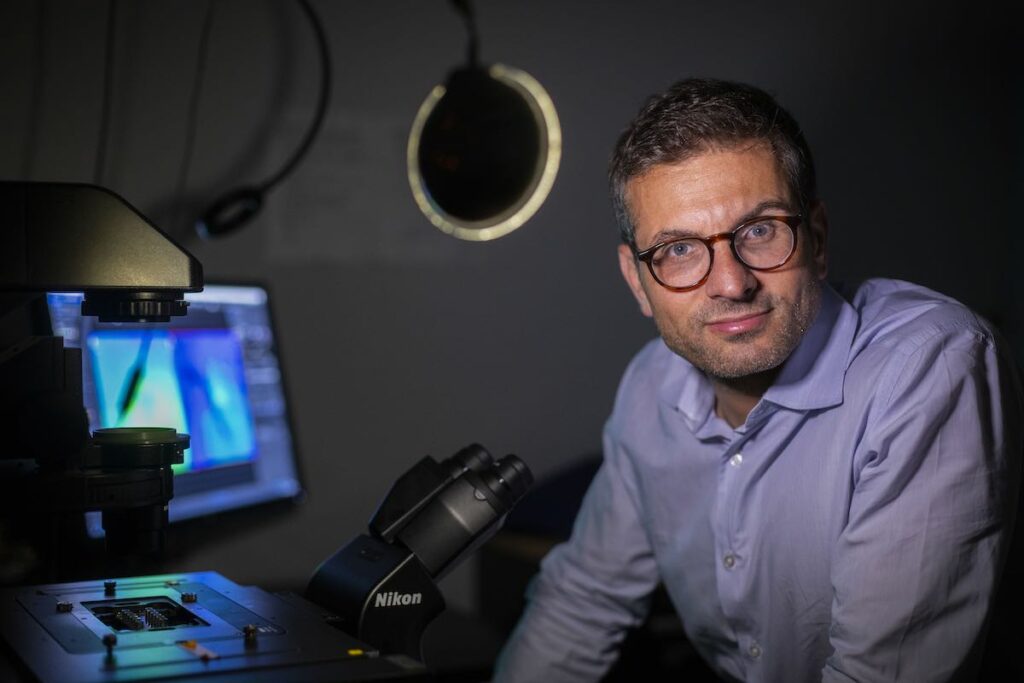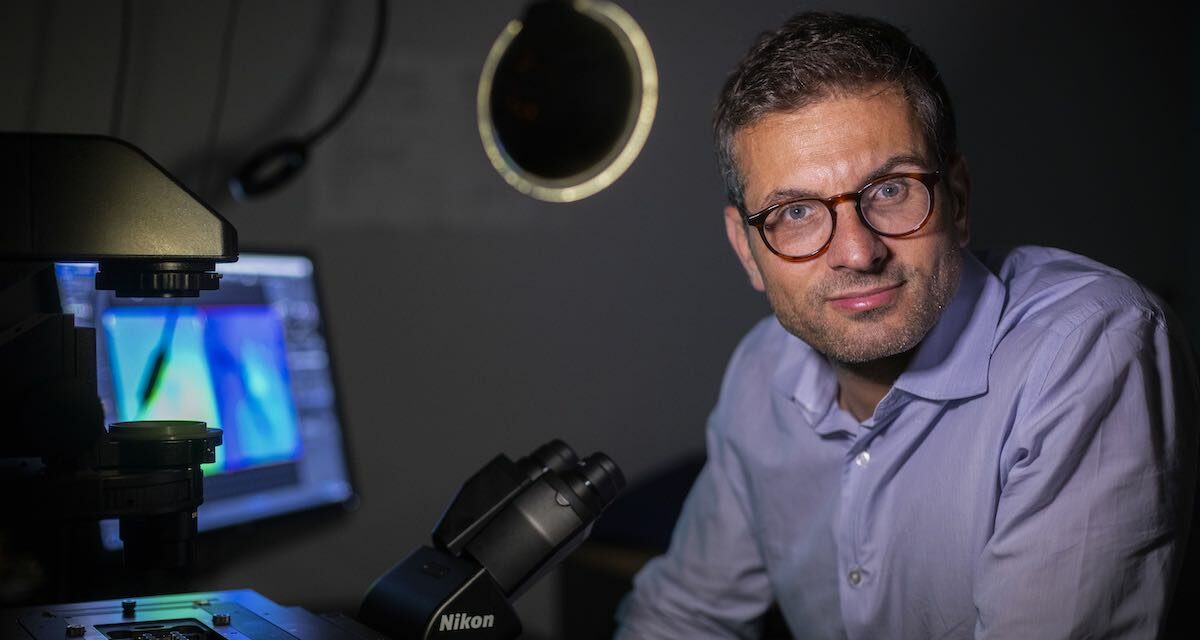The National Institutes of Health (NIH) awarded Emory University a five-year $5.6 million grant earlier this month to establish the Center for Molecular Mechanobiology. The center will collaborate with institutions like the University of Alabama at Birmingham, Georgia Institute of Technology, Vanderbilt University (Tenn.) and Memorial Sloan Kettering Cancer Center to further research in the biological sciences.
Samuel Candler Dobbs Professor of Chemistry Khalid Salaita will act as the center’s director. Salaita also serves as a program faculty member in the Department of Biomedical Engineering at Emory and Georgia Tech.
Salaita said the center will continue his lab’s research, which focuses on designing and using molecular-force probes to measure various forces between and on the surfaces of cells. The center will also train researchers and students on how to use these probes.
“It’s going to be a cycle of new people coming in the hot seat, we train them, we get them ready,” Salaita said. “Then they graduate, they have wings and they can soar on their own.”

Samuel Candler Dobbs Professor of Chemistry Khalid Salaita sits next to a microscope. He will direct the new Center for Molecular Mechanobiology. Courtesy of Emory University
There is a gap in scientific knowledge, Salaita said. Scientists can measure DNA, proteins and mutations within a cell, he said, but there is a lack of research about the forces between cells and what makes cells move and arrange into structures in the human body.
“That’s one of the black boxes, the great mysteries,” Salaita said. “We don’t know how much force and when and where these forces are being applied.”
The Salaita lab first invented the probes in 2011 to help measure and track these forces, which are key to communication between cells in important processes such as blood clotting and immune system response, according to Salaita.
Other scientists and labs have collaborated with the Salaita lab to measure these forces. Samuel Candler Dobbs Professor of Chemistry Brian Dyer explained that his laboratory worked with the Salaita group to figure out the speed of the forces by using time-resolved spectroscopy, which studies a compound’s processes over time by using an instrument that splits light into the colors it is made out of.
The Center for Molecular Mechanobiology will aim to foster collaboration, both among academic institutions and between individual labs, scientists and students, which helps advance scientific research, according to Salaita.
“This kind of center, being not only a center of excellence for research but also for education, is really exciting,” Dyer said.
Professor of Physics Laura Finzi, who is a member of the Cell and Molecular Biology Research Program at the Winship Cancer Institute, has collaborated with Salaita’s lab in studying how the tension forces of cells are applied to the interactions between DNA and proteins.
“This center really has the potential to address these big questions that would then really enable a lot of other research down the line and provide … a really rounded understanding of how cells work, the inner molecular principles and physical principles,” Finzi said.
Other laboratories and institutions will also collaborate with the center to test and give feedback on Salatia’s probes, as well as establish how to further develop the probes for specific areas of research, Salatia said.
“In some areas, in particular chemistry and biology, we’re still trying to figure out what this all means and how to incorporate it into our work,” Dyer said. “The methods that the Salaita labs have developed are revolutionary.”
Hilary Barkey (she/her) (25Ox) is from New York City and plans on majoring in neuroscience and behavioral biology. When she’s not studying on the Quad, you can find her playing tennis, reading or talking about baseball and hockey to anyone who will listen.





